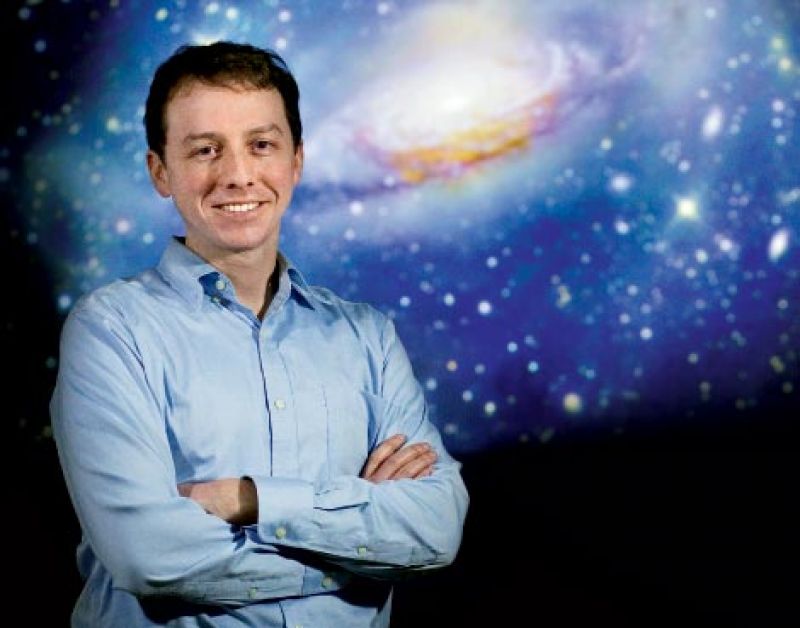
When Joe Carson isn’t teaching physics and astronomy, he’s collaborating with the world’s top scientists in a competitive race to unlock secrets of our universe. One of his projects—capturing a picture of the coldest companion to a sun-like star ever imaged—hit Time’s list of 2009’s top science discoveries. Find out what else he’s seeing in the stars.
CM: What fascinates you about astronomy?
JC: I guess it’s about trying to understand why we’re here—how does life on Earth fit into the rest of the universe?
CM: What's your specialty within the field?
JC: My research focuses on the direct imaging of extrasolar planets, which are planets that go around a star that isn’t our sun. We use the biggest telescopes in the world—such as the Subaru in Hawaii—that give us a raw image in which the star looks huge because its light is spilling out everywhere. Then we write software that strips away the star’s light so we can distinguish the little bit of light that is the planet. In the last five or six years, big steps have been made in advancing both the instruments and the software, so a lot of things are coming together right now. It’s a bit of a watershed moment.
CM: Tell us about the discovery that made the cover of Sky & Telescope last August.
JC: You know how the planets around our sun orbit in a disk? Well if you’d looked at the sun when it was just a few million years old, you would have seen a thick disk going around it, from which the planets were forming. I was on a team of researchers that imaged a disk like this around the young LkCa 15 star (about 450 light years from Earth) and saw a gap in it where we think a planet is forming, vacuuming up the material around it. Another team later imaged what we believe is the planet itself.
CM: How old is a “young star”?
JC: The youngest stars my team studies are one- to five-million years old.
CM: Why was the imaging of the gap around LkCa 15 so important?
JC: This is perhaps the first time we are seeing a snapshot of what our own infant solar system may have looked like. The star is similar in mass to the sun, and the planets seem to be forming at a distance similar to our planets.
CM: Under your supervision, two CofC undergrads identified an extrasolar planet, making news last fall—can you explain?
JC: Thea Kozakis and Laura Stevens imaged a planet orbiting a star that is 2.5 times bigger than the sun. It’s the largest star to ever have a planet imaged around it and provides further evidence that planets can exist around stars that are very different from our sun.
Hometown: San Diego, California
Occupation: Assistant professor in College of Charleston’s Department of Physics and Astronomy
Favorite planet: Jupiter. “It acts like a vacuum, sweeping up comets and asteroids that would otherwise crash into Earth.”
Resume highlights: Worked at NASA’s Jet Propulsion Lab in California on the Terrestrial Planet Finder Mission (2004-07) and at the Max Planck Institute for Astronomy, Germany (2007-10)